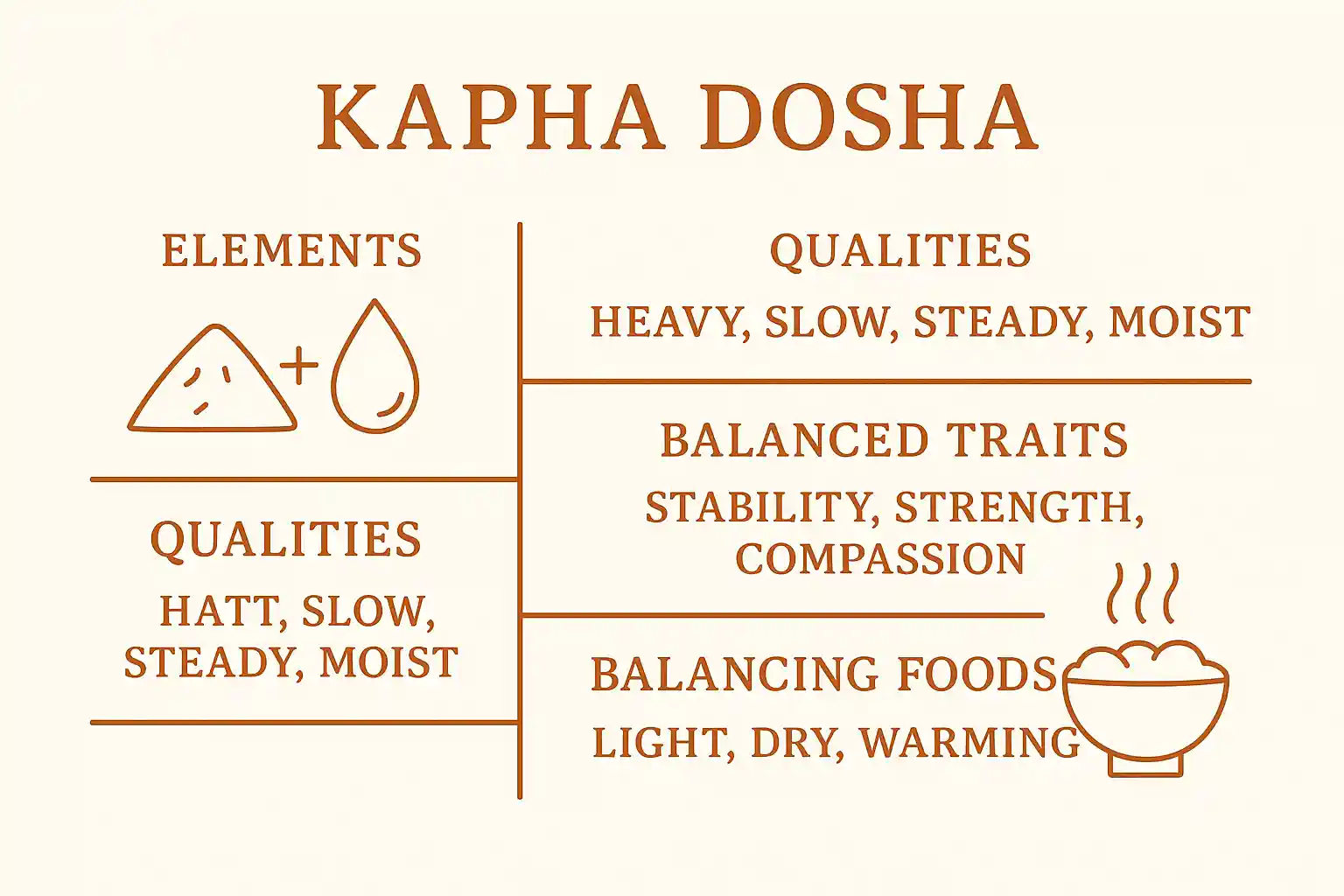
Ayurvedic approach to clear, radiant skin through dosha balancing and natural care
In Ayurveda, skin health reflects the state of internal balance—especially digestion (Agni), toxin load (Ama), and the equilibrium of the three Doshas (Vata, Pitta, and Kapha). Skin issues are rarely superficial in Ayurvedic thinking; they are viewed as signs of imbalance in deeper systems like the liver, blood, and gut.
Classical Ayurvedic texts like Charaka Samhita Chikitsa Sthana 7.14 describe Rakta Dushti (vitiation of the blood tissue) as a primary cause of many chronic skin disorders. This post explores how Ayurveda understands common skin conditions and offers holistic tools—diet, herbs, lifestyle, and topical care—to support healthy, radiant skin from the inside out. Discover how ancient wisdom integrates with modern dermatological approaches.
The Ayurvedic View of Skin
Skin is primarily governed by Bhrajaka Pitta, a sub-dosha of Pitta that resides in the skin and manages temperature, pigmentation, and sensation. However, all three Doshas can play a role in skin imbalances:
Vata
Dry, rough, flaky skin; cracking or premature wrinkles
Pitta
Inflammation, rashes, redness, acne, sensitivity
Kapha
Oily, congested, cystic acne, dullness
Impaired Agni and the presence of Ama can accumulate in the Rakta Dhatu (blood tissue), contributing to chronic skin issues like eczema, psoriasis, or cystic acne.
Common Skin Conditions by Dosha
| Condition | Likely Dosha Involved | Signs |
|---|---|---|
| Dry eczema | Vata | Dry, itchy, flaky patches |
| Acne, hives, rosacea | Pitta | Red, inflamed, hot, or itchy eruptions |
| Oily skin, cystic acne | Kapha | Thick, sticky secretions, swelling, slow healing |
| Psoriasis | Vata + Pitta | Dry plaques with inflammation |
| Hormonal acne (chin, jawline) | Pitta + Kapha | Deep, cystic, oily but inflamed lesions |
Ayurvedic Diet for Healthy Skin
A skin-supportive diet focuses on clearing Ama, cooling Pitta, and hydrating Vata.
Favor
- Cooked, seasonal vegetables (especially bitter greens, squash, carrots)
- Cooling fruits: pomegranate, apple, pear, watermelon
- Healthy fats: ghee, flaxseed oil, coconut oil
- Spices: turmeric, coriander, fennel, cumin
- Warm water and herbal teas (especially manjistha, neem, turmeric)
Reduce or Avoid
- Fried, oily, or heavily processed foods
- Sugar and dairy (esp. for acne-prone skin)
- Fermented, spicy, or sour foods (if Pitta is high)
- Cold, raw, dry foods (if Vata is elevated)
A Real-World Example: Treating Pitta-Kapha Acne Holistically
Case Study: A 28-year-old woman with a Pitta-Kapha constitution presented with persistent cystic acne around her jawline. Her Ayurvedic plan included:
- Eliminating sour, spicy, and dairy-rich foods
- Drinking warm water with turmeric and fennel
- Taking Mahamanjishtadi Kwatha and Khadirarishta under supervision
- Applying neem-rose ubtan and cooling coconut oil at night
Result: Within four weeks, inflammation and congestion significantly reduced. This illustrates how constitutional understanding and herbal detox can restore skin clarity.
Key Herbs for Skin Detox and Support
Manjistha
Blood purifier, supports liver and lymph
Neem
Antibacterial, cooling for Pitta-type inflammation
Guduchi (Giloy)
Immunomodulatory, reduces skin irritation
Turmeric
Anti-inflammatory, liver-cleansing, supports wound healing
Aloe Vera
Soothes Pitta, hydrates Vata (internal or topical)
Classical Formulas
Mahamanjishtadi Kwatha and Khadirarishta for Rakta Dushti and chronic skin eruptions
Topical Ayurvedic Skin Care
- Abhyanga (oil massage): Nourishes skin; sesame for Vata, coconut for Pitta, mustard for Kapha
- Ubtan (herbal face masks): Chickpea flour, turmeric, rose, neem for gentle cleansing
- Rosewater or sandalwood: Cooling and soothing for Pitta
- Natural approach: Avoid harsh chemical cleansers; opt for natural, pH-balanced routines
Lifestyle Tips for Clear Skin
Sweat Gently
Daily movement or sauna to clear pores
Sleep by 10 PM
Supports liver detox and hormonal balance
Stay Hydrated
Warm water and herbal teas through the day
Reduce Stress
Meditation, pranayama, and time in nature
Align with Ritucharya: Seasonal diet shifts help prevent flare-ups, especially in spring and summer.
When to See a Practitioner
Persistent skin issues may involve deeper tissue layers (Rakta or Mamsa Dhatu) or long-standing Dosha imbalances. Panchakarma therapies such as Virechana (purgation) or Raktamokshana (bloodletting) may be advised in clinical care.
FAQs: Ayurveda and Skin Health
Sources & Further Reading
Research & Education
Related Articles

Understanding Kapha Dosha: The Foundation of Strength and Stability
Discover Kapha Dosha, the grounding force of Earth and Water elements. Learn how this vital energy provides structure, immunity, and emotional stability—and how to keep it balanced.
8 min read
Understanding the Three Doshas: Your Guide to Ayurvedic Constitution
Discover the three vital energies that govern your body and mind. Learn how understanding your unique dosha constitution can transform your approach to food, lifestyle, and daily wellness.
6 min read